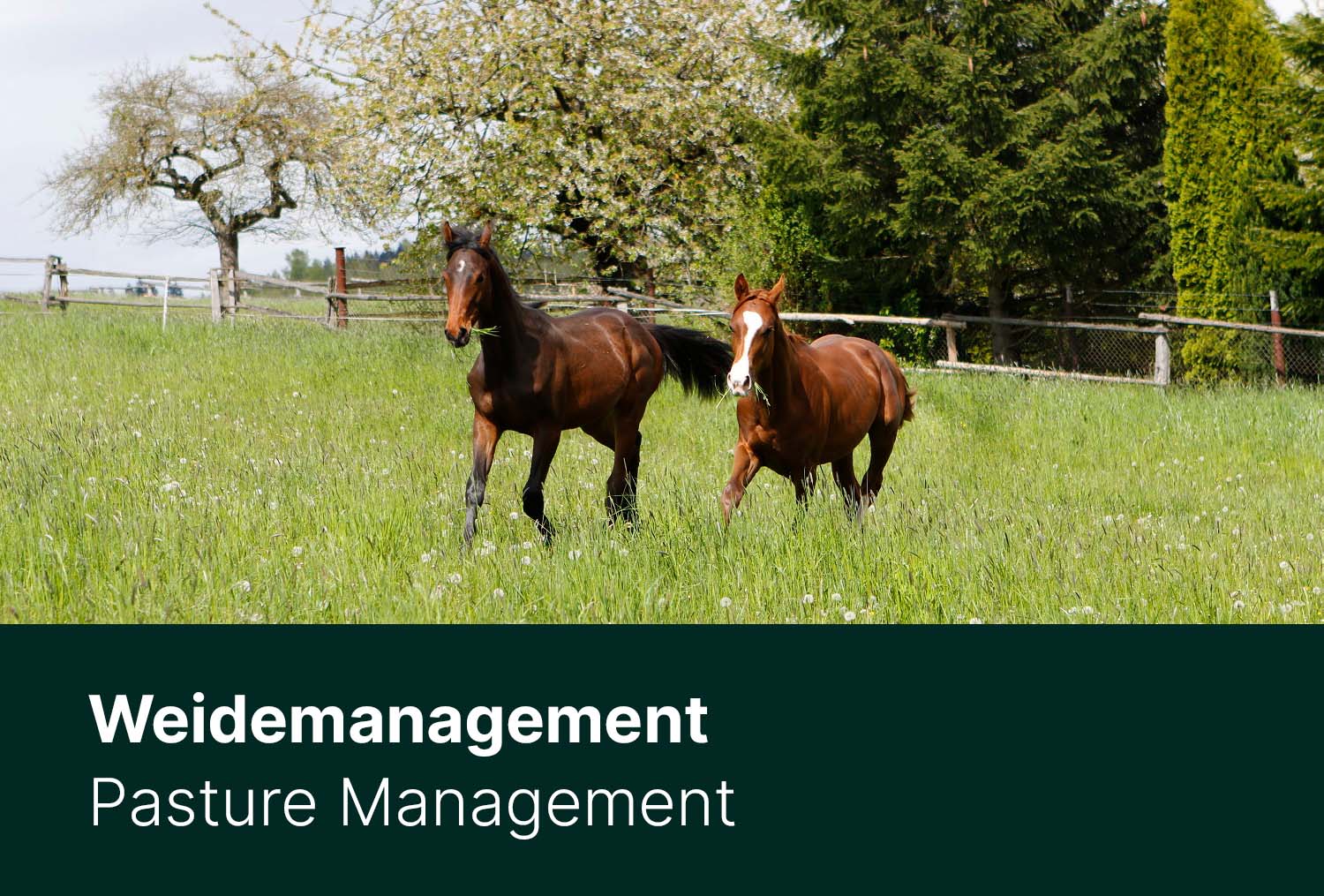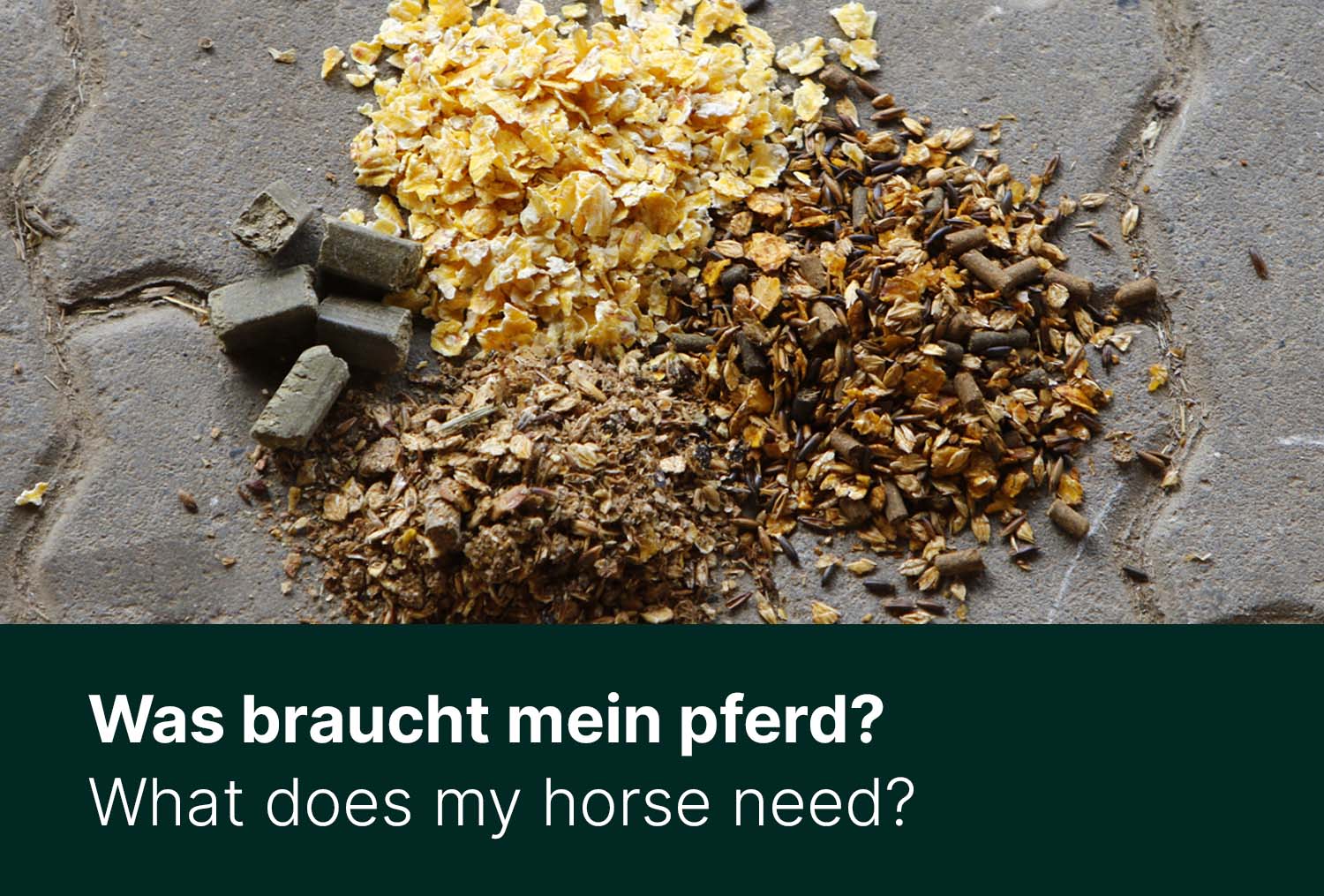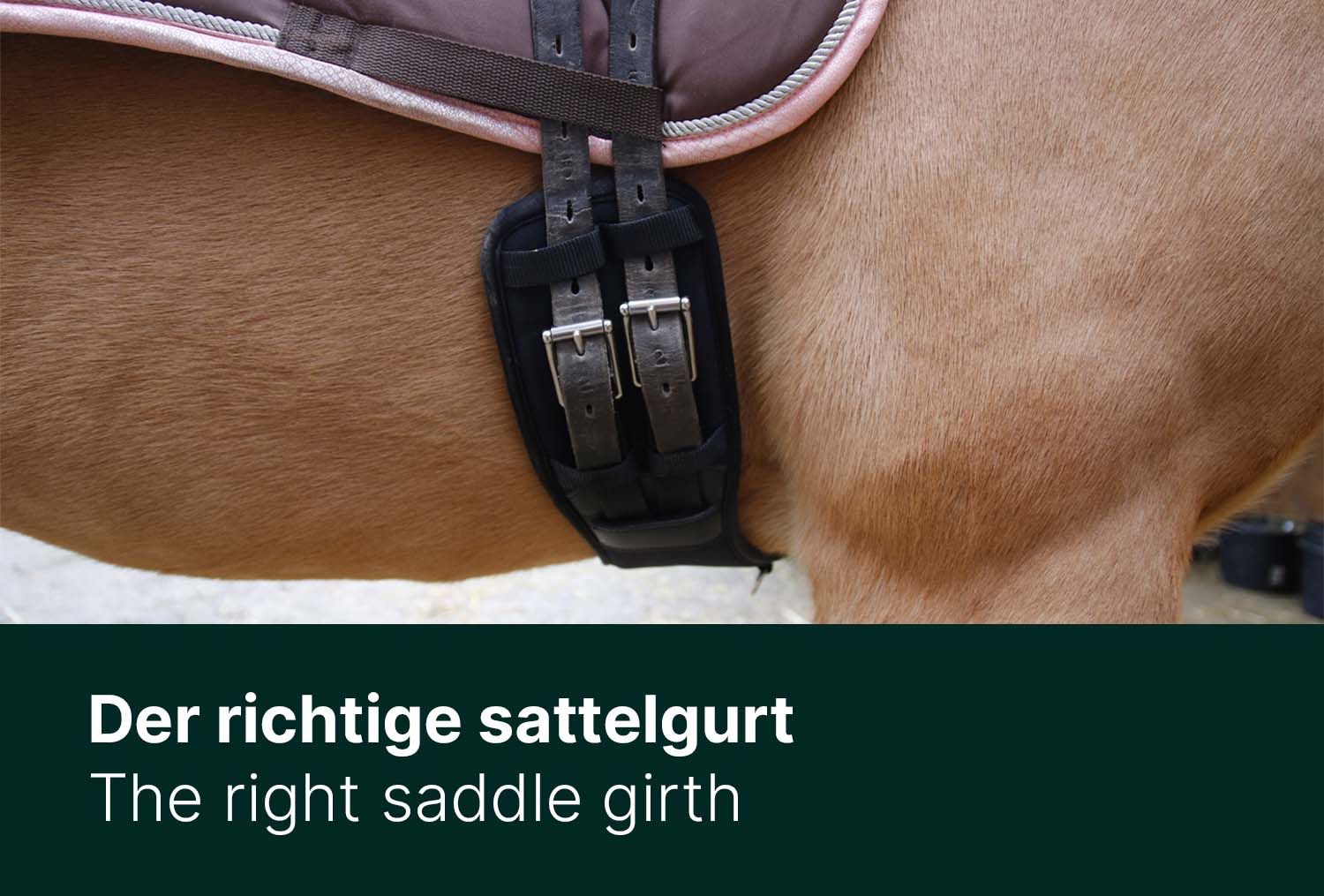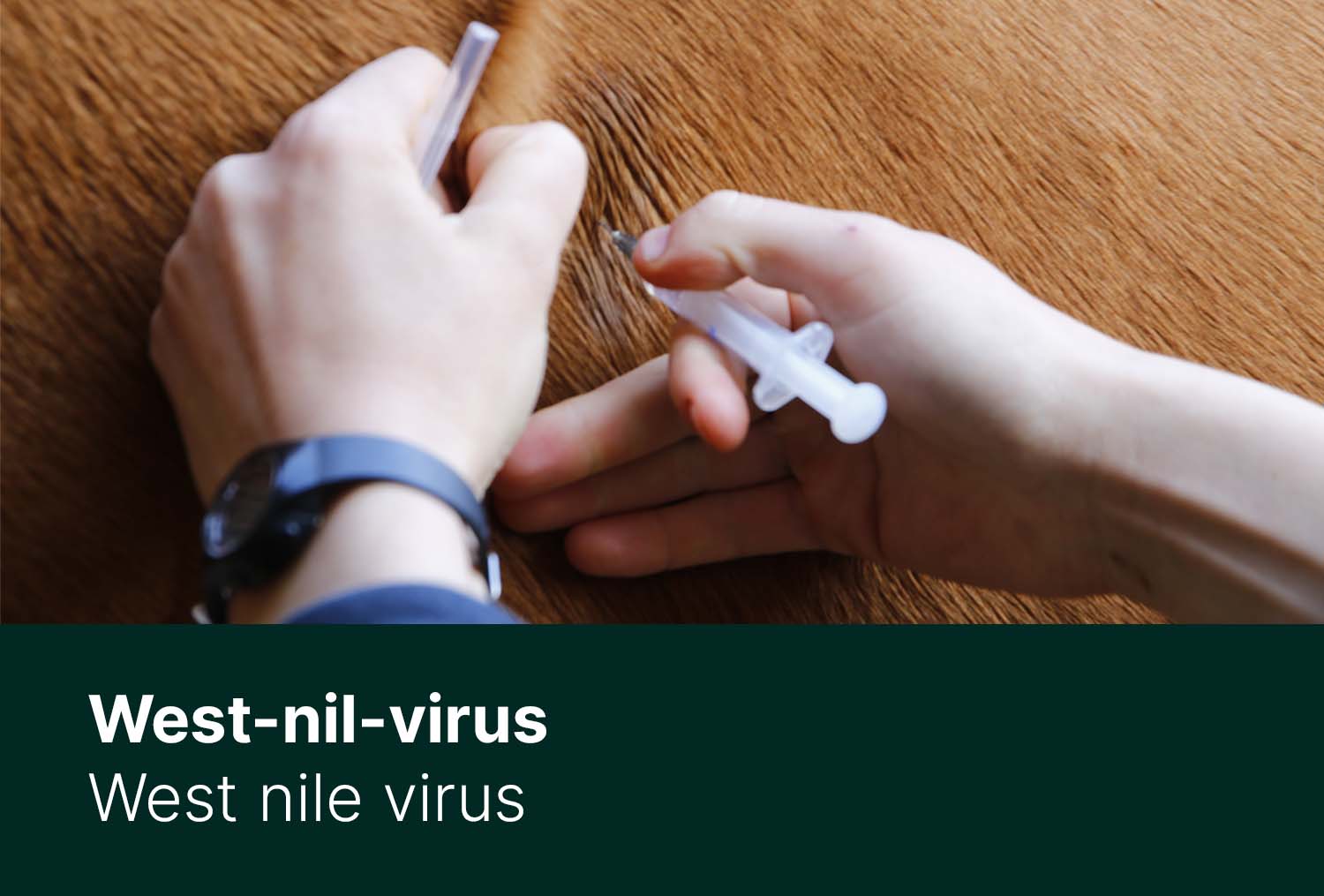Rising temperatures and parched soil cause problems for many horse stables, especially in the summer months. Most of the grazing areas, which are already barren anyway, usually no longer last through the grazing season. It is even more important to take care of the existing green space in order to get the most out of it, and that starts very early in the year.
The time on the pasture is not only for the horses to eat, but also offers the opportunity for free movement and taking care of social contacts. These three elements form the cornerstone of a horse's mental and physical health. Social behavior is encouraged and muscles, tendons and ligaments are stabilized. For young animals in particular, as much free movement as possible and sufficient supply of pasture grass is essential. The bigger the paddock, the better. You calculate about 0.15-0.5ha per horse.

- Choosing the right fencing
The construction of a fence that is as secure as possible is probably one of the most important decisions in horse husbandry. In principle, there are no legal regulations for fence construction, although it is always advisable to clarify this with the respective horse liability insurance company.
The type of fencing depends heavily on the location, size and use of the pasture, but must never include risks of injury such as protruding nails or wires lying on the ground. There are also decisive differences with regard to the sex and use of the riding horses: Stallions and show jumpers should generally be fenced in more stably and higher. Wooden slats, metal or plastic pipes, rubber conveyor belts or electrical strips are suitable to be connected to the posts using insulators. Combination fences that combine mechanical fencing (e.g. made of wood or metal) and an electric fence are particularly safe. However, these fences have a high material cost and cannot be set up or dismantled quickly and are not permitted everywhere, especially outdoors.


- Pasture Care throughout the Season - Fall / Winter
After the last use of the pasture, the grass and other plants should be shortened, soil samples should be taken and, if necessary, the pasture should be fertilized. In addition, towards the end of the year, tree and hedge care is the focus of pasture work. This includes pruning existing plants on one hand and replanting on the other. A dense root system can form over the winter and the plants establish themselves in the environment, but should still be protected from browsing in the early years.
- Spring
The main pasture care takes place in spring, ideally before the start of the courtship and breeding season, i.e. by the end of March. In addition to towing the meadow to level the ground and ripping out loose grass, and removing unwanted plants by digging them out or mowing them, rolling is one of the necessary tasks, especially in damp pastures. The subsequent towing optimally prepares the area for any overseeding and at the same time ensures that the soil is aerated. At the beginning of May, the area will initially be mowed to about 7cm, after which gentle grazing can take place.


Fertilizing is one of the most important tasks in spring. Fertilization serves to maintain soil fertility - whatever nutrients are withdrawn from the soil through grazing or cutting should be returned through targeted fertilization. It is also advisable to carry out soil analyzes regularly so that the soil is optimally supplied and over-fertilization is avoided. An exact fertilizer recommendation is created via evaluation in an appropriate laboratory. Instructions for carrying out a soil sample and the appropriate forms can be found on the website of the respective soil laboratory
- The correct Seed
- Reseeding only takes place at temperatures above freezing points
- Overseeding is carried out in particularly stressed areas
- Through sowing means planting seeds in the soil
- Reseeding is to be carried out if the area was previously used as farming land, is heavily weeded or if there are less than 30% of the desired plants in the permanent turf
- Summer
During the main grazing season in summer, the paddock should be checked regularly for poisonous plants, the spread of which can be contained by a dense turf and lime fertilization, and these should be removed as soon as possible. The daily tasks also include weaning, checking the water quality and the health of the horses. The fence should also be inspected regularly in order to repair any weak points that may arise.

To protect wildlife while mowing, the area can be worked slowly and from the inside out, as required by some states. This gives the animals a chance to escape. Alternatively, drones equipped with thermal imaging cameras are already being used in many places.







How does my Horse sleep?
How to keep your Horse busy